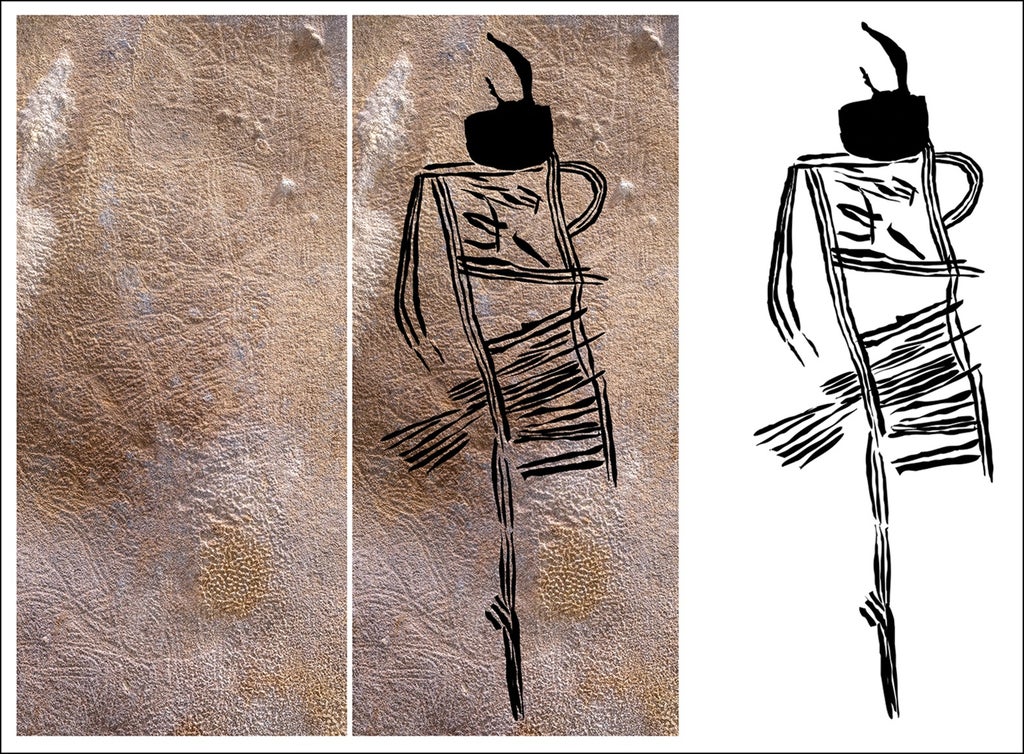
America’s largest cave drawings, which date back more than 1,000 years, have been discovered in a secret Alabama location.
A team of researchers used 3D scanning to reveal the etchings of humanlike figures and a serpent carved into the rock by Native Americans.
Over the years the artwork had become covered in mud and became almost invisible the human eye, and researchers say that the designs, which includes an 11ft long diamondback rattlesnake, may represent spirits of the dead.
“They are either people dressed in regalia to look like spirits, or they are spirits,” said archaeologist Jan Simek, a professor of anthropology at the University of Tennessee in Knoxville.
The archaeologist is the lead author of a research paper that was published in the journal Antiquity on Tuesday.
“It’s important to stress that the archaeology we’re talking about here is part of a continuum that is still with us,” he said.
“It’s not just history. The descendants of these people are still alive, still with us. The cultures are still with us. They’re vibrant and living.”
The cave’s location in northern Alabama is being kept secret and it is one of thousands of caves to be found in an eroded limestone system that runs from southern Pennsylvania to Alabama.
Scientists are calling it the “19th Unnamed Cave” and it runs for miles beneath the surface, with hundreds of carved figures marked into the ceiling.
Researchers say that the carvings were made about 1,000 years ago by people who lived during the late Woodland phase of the Native American culture.
The team spent two months taking around 16,000 overlapping photographs which were digitally stitched together and edited to make the faint drawings more visible.
The images were likely made by etching into fresh mud on the damp ceiling of the caves.







